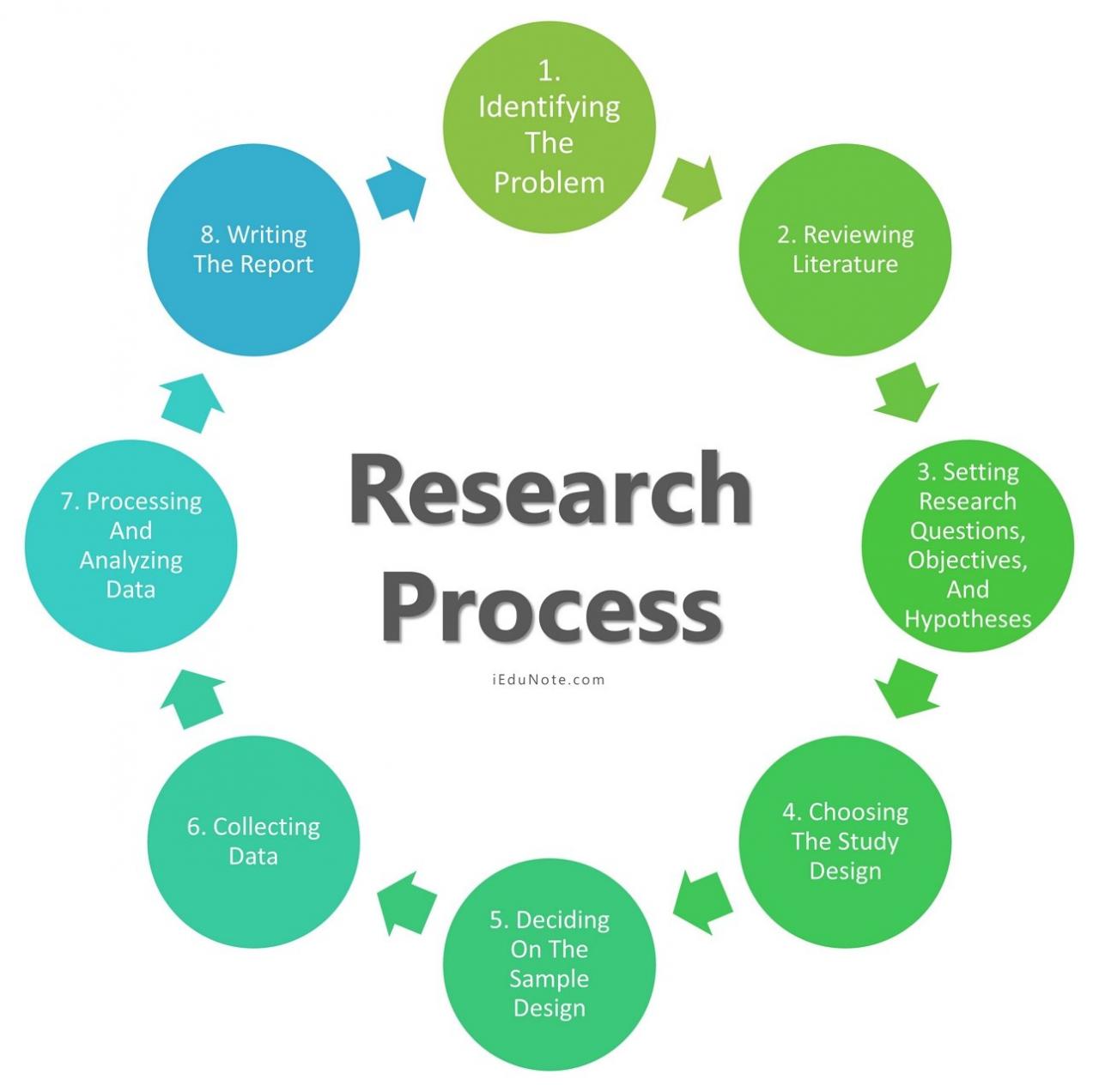10 steps in conducting an interview in research – Embark on a journey of discovery with our comprehensive guide, “10 Steps to Conduct a Captivating Research Interview.” Delve into the intricacies of this essential research technique, empowering you to gather insightful data and uncover valuable perspectives.
From meticulous preparation to ethical considerations, we unravel each step with clarity and precision, ensuring you navigate the interview process with confidence and effectiveness.
10 Steps in Conducting an Interview in Research
Interviews are a powerful tool for gathering qualitative data in research. They allow researchers to gain insights into the experiences, perspectives, and opinions of individuals.
Conducting an interview in research involves a meticulous 10-step process. Once you’ve nailed the basics, don’t forget to prepare questions that will elicit valuable insights. Check out 10 questions to ask at an interview for a handy guide. Armed with these questions, you’ll be able to delve deeper into your research objectives.
Remember, effective interviewing is all about preparation, and these steps will help you gather the data you need.
Conducting an interview requires careful planning and execution. Here are 10 steps to help you conduct an effective interview:
1. Interview Preparation
The first step is to prepare for the interview. This includes determining the purpose and objectives of the interview, identifying the target audience, and developing interview questions that are relevant, open-ended, and unbiased. You should also prepare a structured interview guide, identify the interview location and schedule, and prepare any necessary materials, such as recording devices or note-taking tools.
In the realm of research, conducting an interview involves a meticulous 10-step process. From crafting insightful questions to fostering a comfortable atmosphere, each step is crucial. Speaking of questions, have you ever wondered about the top 10 questions you might encounter in an interview? Here’s a helpful guide to navigate those interview nerves.
Returning to our 10 steps in conducting an interview in research, thorough preparation, active listening, and skillful follow-up questions are key elements for gathering valuable insights.
2. Participant Recruitment
Once you have prepared for the interview, you need to recruit participants. This involves identifying potential participants who meet the research criteria, developing a recruitment strategy that is appropriate for the target population, and obtaining informed consent from all participants.
You should also ensure the confidentiality and privacy of participants.
3. Interview Execution
The next step is to execute the interview. This involves creating a welcoming and comfortable interview environment, introducing yourself and explaining the purpose of the interview, asking interview questions in a clear and concise manner, probing for detailed responses and follow-up questions, taking accurate notes or recording the interview, and thanking the participant for their time.
4. Data Analysis, 10 steps in conducting an interview in research
Once you have conducted the interviews, you need to analyze the data. This involves transcribing and coding the interview data, identifying common themes and patterns, analyzing the data to answer the research questions, and interpreting the findings and drawing conclusions.
5. Ethical Considerations
Finally, it is important to consider the ethical implications of conducting interviews. This includes obtaining informed consent from all participants, ensuring the confidentiality and privacy of participants, avoiding leading questions or bias, respecting the participant’s time and effort, and reporting the findings in an ethical and responsible manner.
Summary

Mastering the art of research interviews is not merely about following a set of steps; it’s about embracing a mindset of empathy, curiosity, and respect. By adhering to these principles, you unlock the potential to engage with participants in meaningful conversations, yielding rich data that will illuminate your research endeavors.
FAQ Compilation: 10 Steps In Conducting An Interview In Research
What are the key elements of interview preparation?
Interview preparation involves defining the interview’s purpose, identifying the target audience, crafting relevant and unbiased questions, and establishing a structured interview guide.
How can I ensure the confidentiality and privacy of participants?
After following the 10 steps in conducting an interview in research, you’ll have a solid foundation for gathering valuable information. But don’t forget the importance of asking the right questions. Check out 10 questions to ask for an interview to prepare and get the most out of your interviews.
These questions will help you delve deeper into your research and uncover insights that might otherwise be missed. Remember, asking the right questions is crucial for a successful interview, so make sure to incorporate these into your 10-step process.
Obtain informed consent, maintain anonymity, and store data securely to protect participants’ privacy and confidentiality.
What techniques can I use to encourage detailed responses during the interview?
Mastering the art of interviewing in research involves a systematic approach, and following the 10 steps outlined earlier is crucial. To enhance your interviewing skills further, check out 10 questions you can ask in an interview . These carefully crafted questions will help you elicit insightful responses from your interviewees.
By incorporating these questions into your research interviews, you’ll gain a deeper understanding of your research participants’ perspectives, experiences, and motivations. Ultimately, this will contribute to the success of your research project as you meticulously follow the 10 steps of conducting an interview in research.
Use open-ended questions, probe for elaboration, and follow up with clarifying questions to elicit rich and insightful responses from participants.